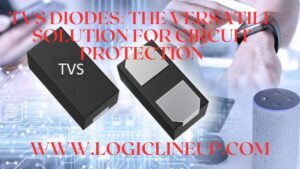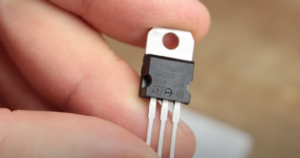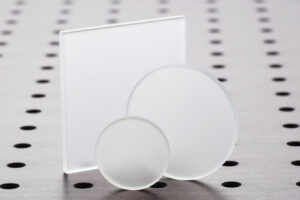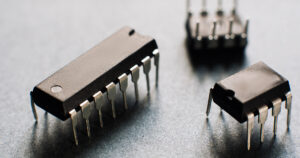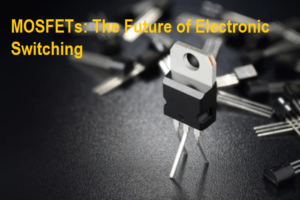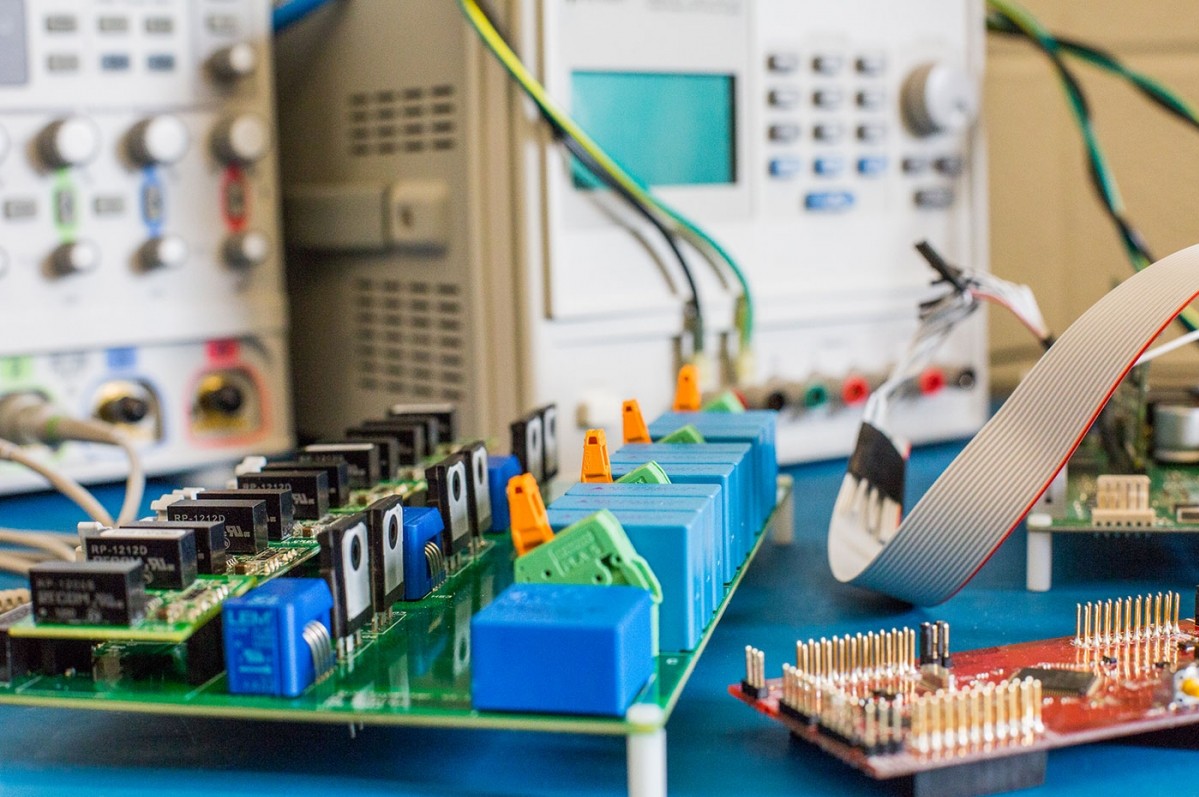
1. Introduction to Power Electronics
Power Electronics is a subfield of electrical engineering that deals with the design, analysis, and implementation of electronic circuits used for the control, conversion, and conditioning of electrical power. It involves the use of power semiconductor devices, such as diodes, transistors, and thyristors, to control and manipulate the flow of electrical power.
The applications of Power Electronics are vast, ranging from simple DC-DC converters to complex power electronics systems used in renewable energy, motor drives, and high-performance computing. Power Electronics has become an essential technology in various industries, including automotive, aerospace, renewable energy, and consumer electronics.
2. Applications of Power Electronics
Power Electronics has numerous applications in various industries, including:
Power Supplies: Power Electronic
Motor Drives
Power Electronics plays a crucial role in controlling the speed and torque of motors in various applications, such as electric vehicles, industrial machinery, and robotics. It uses variable frequency drives and servo drives to achieve accurate control of the motor’s speed and torque.
Renewable Energy
Power Electronics is essential for the integration of renewable energy sources, such as solar, wind, and hydropower, into the grid. It helps to convert the DC power generated by these sources into AC power that can be used by the grid. Power Electronics is also used in the design and implementation of power electronics systems used in renewable energy applications, such as inverters and converters.
it is used in the design and implementation of various types of power supplies, such as AC-DC converters, DC-DC converters, and AC-AC converters. These power supplies are used in various applications, such as computer systems, telecommunications, and consumer electronics. Power Electronics is also used in the design of battery chargers and power inverters for electric vehicles.
Lighting
Power Electronics is used in the design and implementation of LED lighting systems, which are more energy-efficient and have a longer lifespan than traditional lighting systems. LED lighting systems use power electronics circuits, such as LED drivers, to regulate the current and voltage supplied to the LEDs.
Aerospace
Power Electronics is used in various aerospace applications, such as aircraft power systems and spacecraft power systems. It is used to control and regulate the power supplied to various electrical systems on the aircraft or spacecraft, including communication systems, navigation systems, and other critical systems.
3. Advancements in Power Electronics
Power Electronics has seen significant advancements in recent years, driven by the increasing demand for energy-efficient and high-performance systems. Some of the notable advancements in Power Electronics are:
Wide Bandgap (WBG) Semiconductors
WBG semiconductors, such as silicon carbide (SiC) and gallium nitride (GaN), have higher breakdown voltage, faster switching speeds, and lower switching losses than traditional silicon-based semiconductors. These properties make them ideal for high-power and high-frequency applications, such as electric vehicles and renewable energy systems.
Digital Controls
Digital control techniques, such as digital signal processing (DSP) and field-programmable gate arrays (FPGAs), have replaced traditional analog control circuits in many Power Electronics applications. Digital control offers better accuracy, flexibility, and performance, and allows for more sophisticated control algorithms.
Energy Storage
Power Electronics is playing an essential role in the development of energy storage systems, such as batteries and supercapacitors. These systems are crucial for the integration of renewable energy sources into the grid and for the development of electric vehicles. Power Electronics is used to control and regulate the charging and discharging of batteries. By controlling the voltage and current of a battery during charging and discharging, power electronics can help extend the life of the battery and ensure that it operates safely and efficiently. Power electronics are also used in electric vehicles, renewable energy systems, and other applications where battery management is critical.
In electric vehicles
Power electronics are used to control motor drives and battery management systems. The motor drives convert the battery’s DC voltage to AC voltage, which is then used to power the vehicle’s electric motor. The battery management system monitors and controls the battery’s temperature, state of charge, and state of health, ensuring that the battery operates safely and efficiently.
Renewable energy systems
such as solar and wind power, also rely on power electronics to convert DC voltage from the solar panels or wind turbine to AC voltage that can be fed into the grid. The power electronics systems used in renewable energy systems are also responsible for monitoring and controlling the output of the solar panels or wind turbine to ensure that the power is delivered at the proper voltage and frequency.
Power electronics are also used in a wide range of other applications, including:
- Industrial Automation: Power electronics are used to control the speed and torque of electric motors used in various industrial processes, such as conveyor belts, pumps, and fans.
- Lighting: Power electronics are used in LED lighting systems to control the intensity and color of the light.
- Home Appliances: Power electronics are used in various home appliances, such as refrigerators, air conditioners, and washing machines, to control the motor drives and ensure that the appliance operates efficiently.
- Aerospace and Defense: Power electronics are used in various aerospace and defense applications, such as radar systems, communication systems, and missile guidance systems.
Overall, Power Electronics is a critical technology that enables the efficient and reliable operation of various systems and applications. The continued development of advanced power electronics systems and semiconductor materials will enable more efficient and sustainable solutions in the future, leading to a more energy-efficient and environmentally friendly world.
4. Future of Power Electronics
The future of Power Electronics is bright, with several emerging technologies and trends that are expected to shape the industry in the coming years. Some of the key areas of focus in the future of Power Electronics are:
Internet of Things (IoT)
The IoT is expected to drive the demand for smart devices and systems that can communicate with each other and the internet. Power Electronics will play a crucial role in the development of these devices and systems, including sensors, actuators, and controllers.
Electric Vehicles (EVs)
The growing demand for EVs is expected to drive the development of high-performance and energy-efficient power electronics systems, including motor drives, battery management systems, and charging infrastructure.
Energy Efficiency
Power Electronics is expected to play an even more critical role in improving the energy efficiency of various systems and applications, including data centers, industrial processes, and building automation systems. The use of advanced control algorithms and high-performance power electronics systems will enable significant energy savings and reduce greenhouse gas emissions.
System Performance
The performance of power electronics systems is expected to improve significantly in the future, with the use of advanced semiconductor materials, such as WBG semiconductors, and the development of new topologies and control techniques. These improvements will enable higher power densities, faster switching speeds, and better overall system performance.
Integration with Renewable Energy
Power Electronics will continue to play a crucial role in the integration of renewable energy sources, such as solar and wind power, into the grid. The development of advanced power electronics systems, including inverters and converters, will enable more efficient and reliable integration of renewable energy sources.
Advancements in Wide Bandgap (WBG) Semiconductors: WBG semiconductors are expected to become more prevalent in Power Electronics applications, driven by their superior properties, including higher efficiency, faster switching speeds, and higher power density. The development of new manufacturing processes and designs will enable more widespread use of WBG semiconductors in various applications.
In conclusion
Power Electronics is a critical field of electrical engineering that is essential for the development of various systems and applications, including renewable energy, electric vehicles, and smart devices. The industry is expected to see significant advancements and growth in the coming years, driven by emerging technologies and trends, such as IoT, EVs, and energy efficiency. The continued development of advanced power electronics systems and semiconductor materials will enable more efficient, reliable, and high-performance systems that can meet the growing demand for energy-efficient and sustainable solutions.

